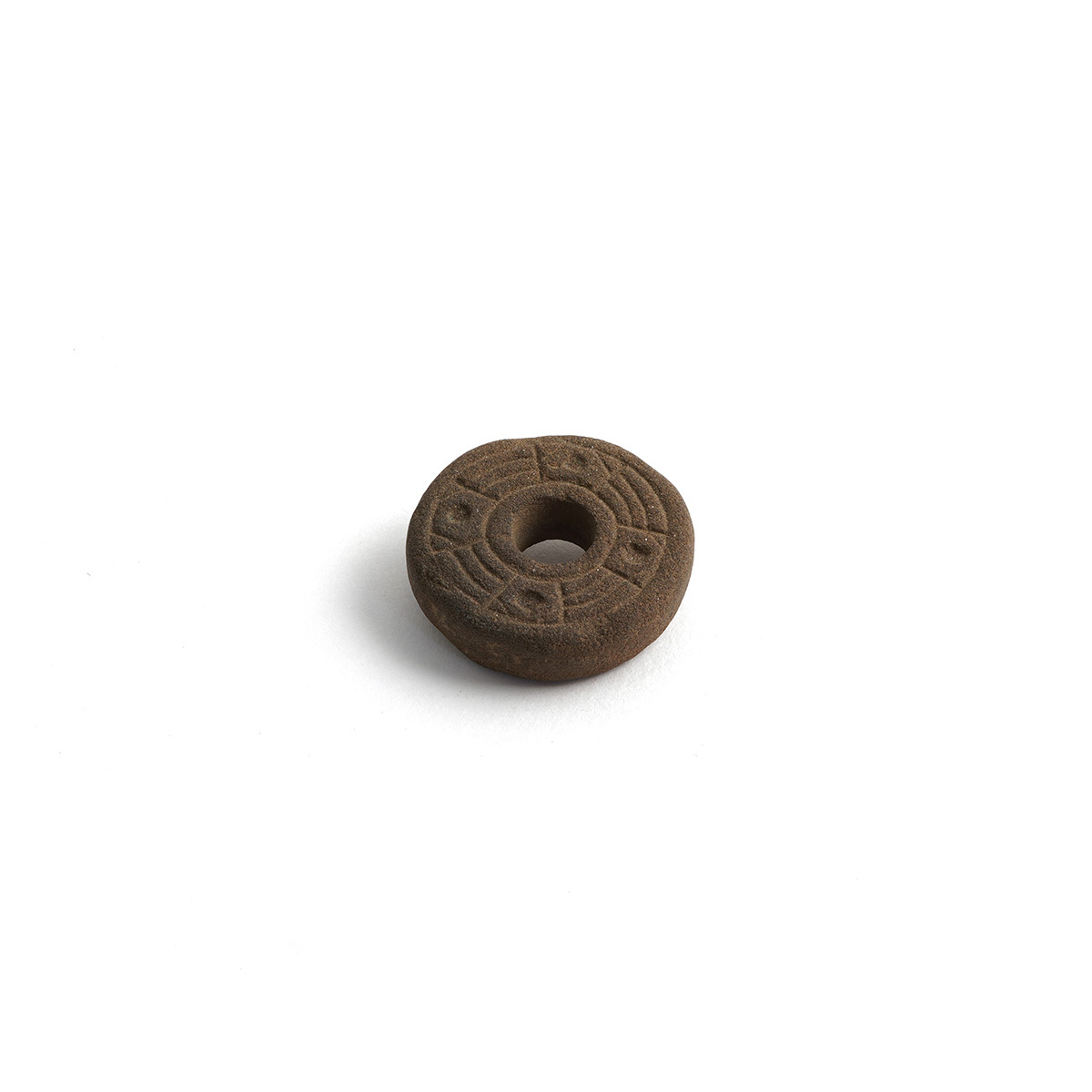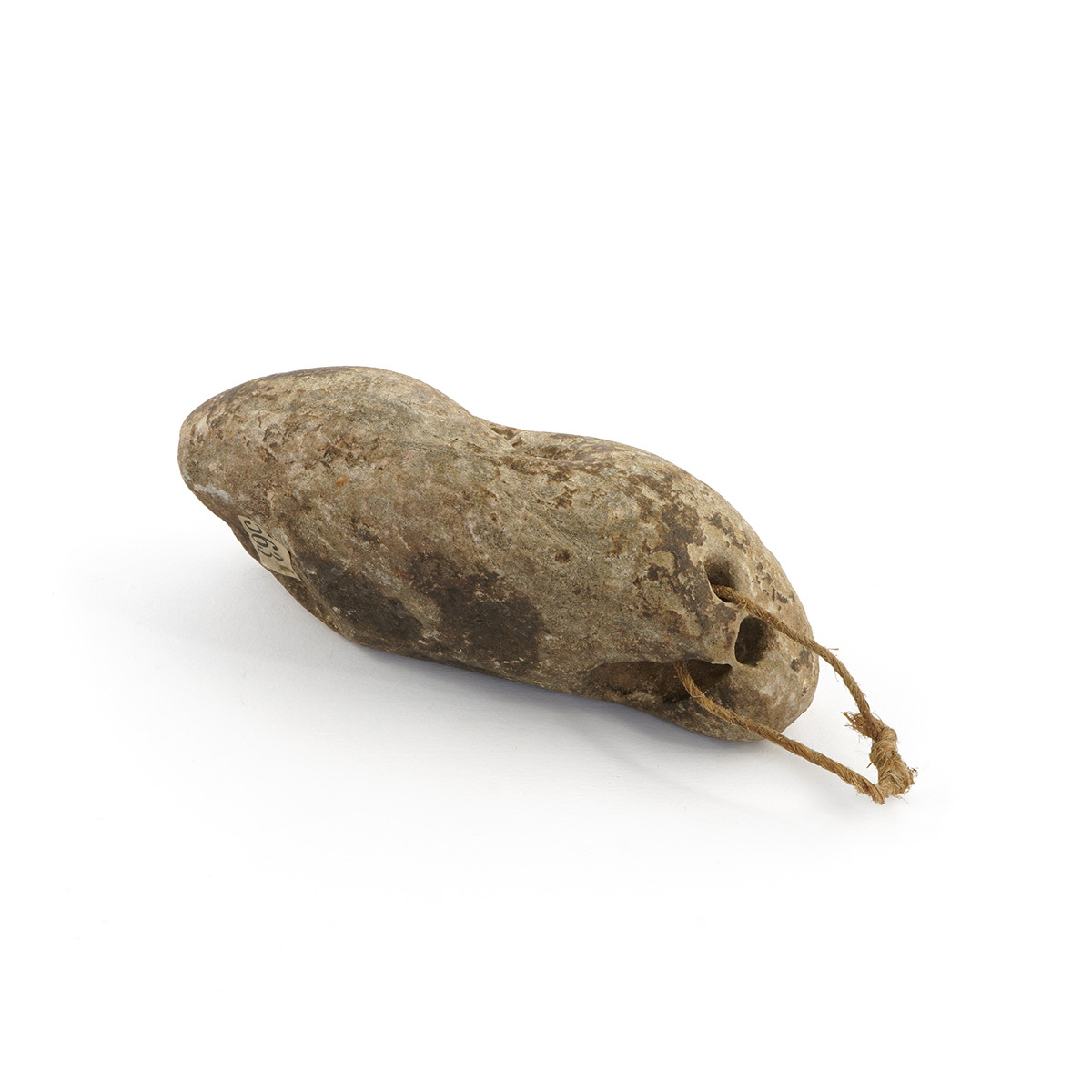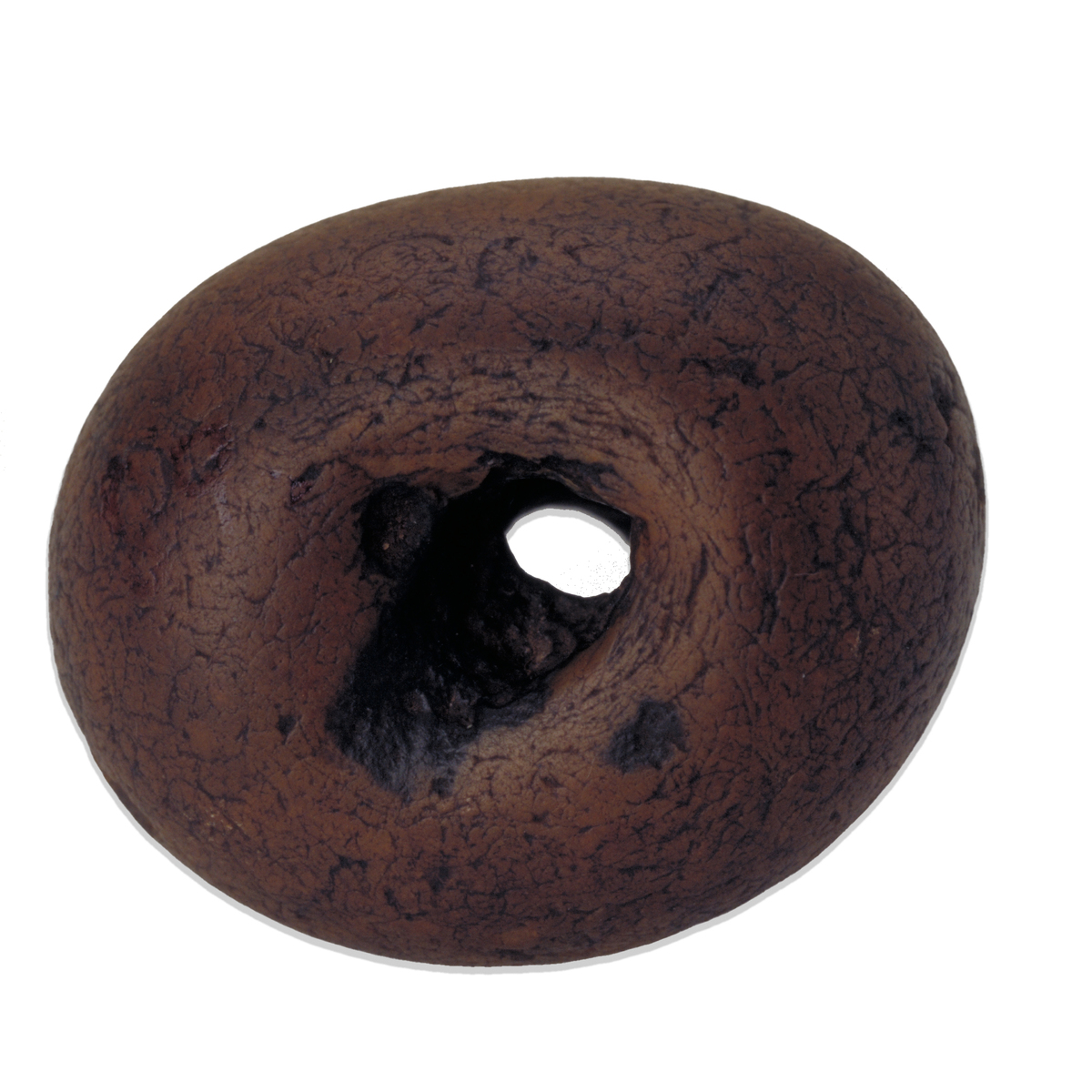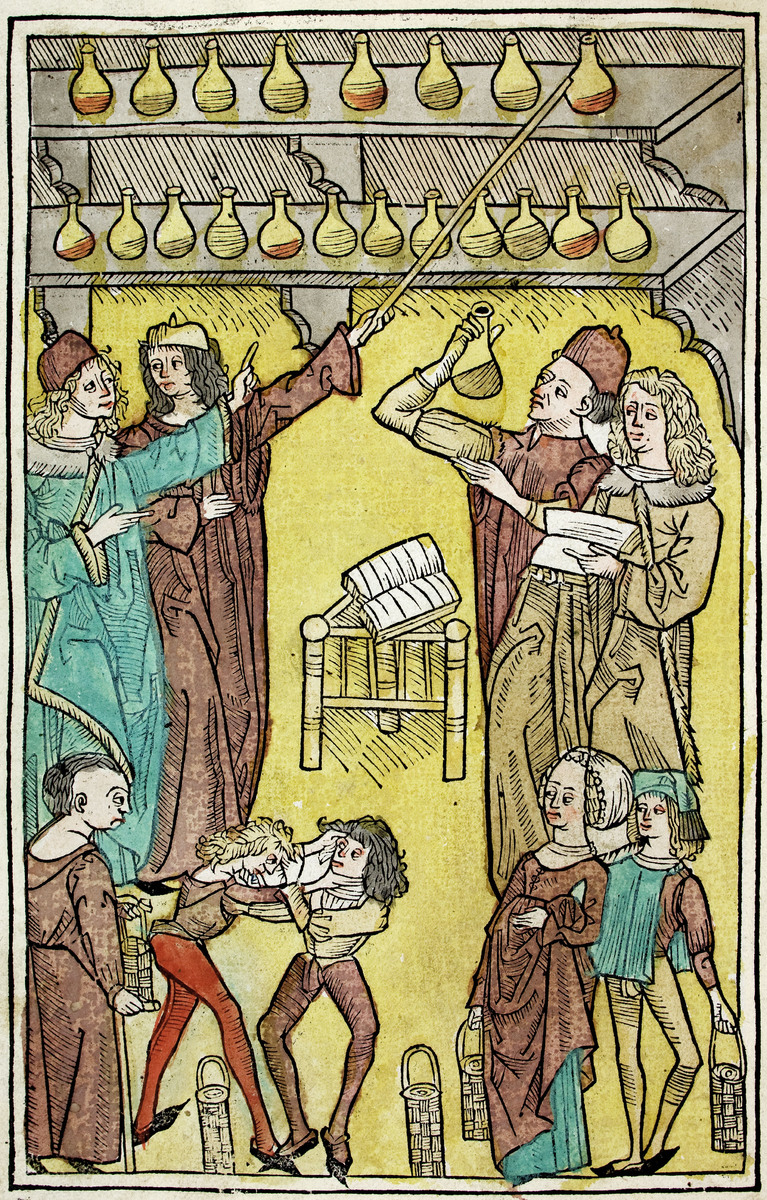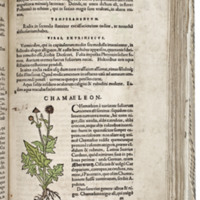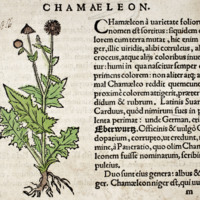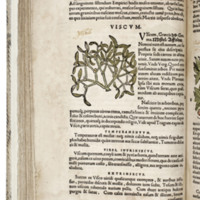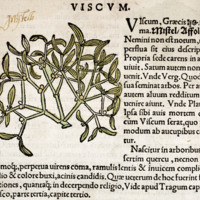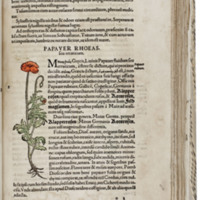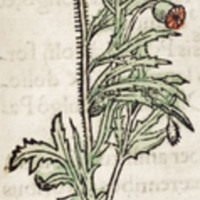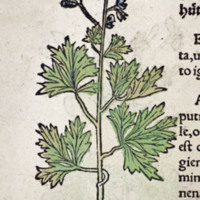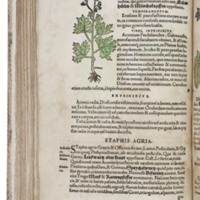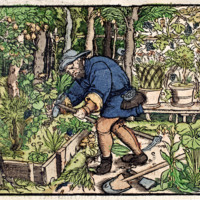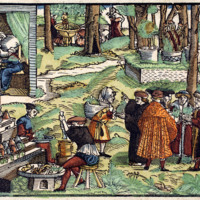Medicine or Magic
If someone was sharing their healing skills and helping others, was the source of their knowledge something to be feared? In 16th to 18th century Scotland, this was certainly true.
Where male practitioners had formal schooling that was deemed logical and acceptable, women were generally excluded from gaining an education, with the exception of some from the upper echelons of society. Women with medicinal or healing skills were believed to have used knowledge that had satanic origins and put people’s very souls at risk. At the time, only the wealthy could afford the services of an educated physician. In poorer and rural areas, herbalists or wisewomen were sought out instead. Female practitioners were a key source of healing for their communities. However, the elite questioned where exactly these female practitioners gained their knowledge, simply because they were women and not educated, male physicians.
Gallery
Click on an image to view full size.
15th Century
This sandstone whorl features a feather and dot design on one side, with concentric arches on the other. Feathers were symbolic of a healing charm and to ward off evil but could also be used in curses. This personal and intimate object belonged to an Aberdeenshire family, showing how witchcraft was a part of everyday life and belief in the early modern period.
collected 19th Century
These small stones with naturally occurring holes were believed to provide protection to those that found them. Families would hang these lucky charms from buildings, babies' cradles, and around the necks of their livestock to protect against evil spirits. They are evidence of the kind of magical beliefs people used as a way to cope with the harsh reality of their lives.
1491
This encyclopaedia contains information about how to prepare plants, animals, and minerals as medicinal cures. Here we see a doctor examining a patient’s urine to determine the balance of the patient’s four elements, known as the humours: blood, yellow bile, black bile, and phlegm. From our 21st century viewpoint, this ‘accepted medicine’ seems little different to witchcraft.
Botanicon. Plantarum Historiæ,
1565
Written by noted German botanist and medical doctor Adamus Lonicerus, this book was about the properties of plants and herbs. It would have been used by pharmacists and physicians to concoct healing herbal remedies. Here you can see illustrations of wolfsbane, mistletoe, red poppy and thistle which were used in both accepted medical and magical cures.
Click on the page to view full size and scroll through other pages.



